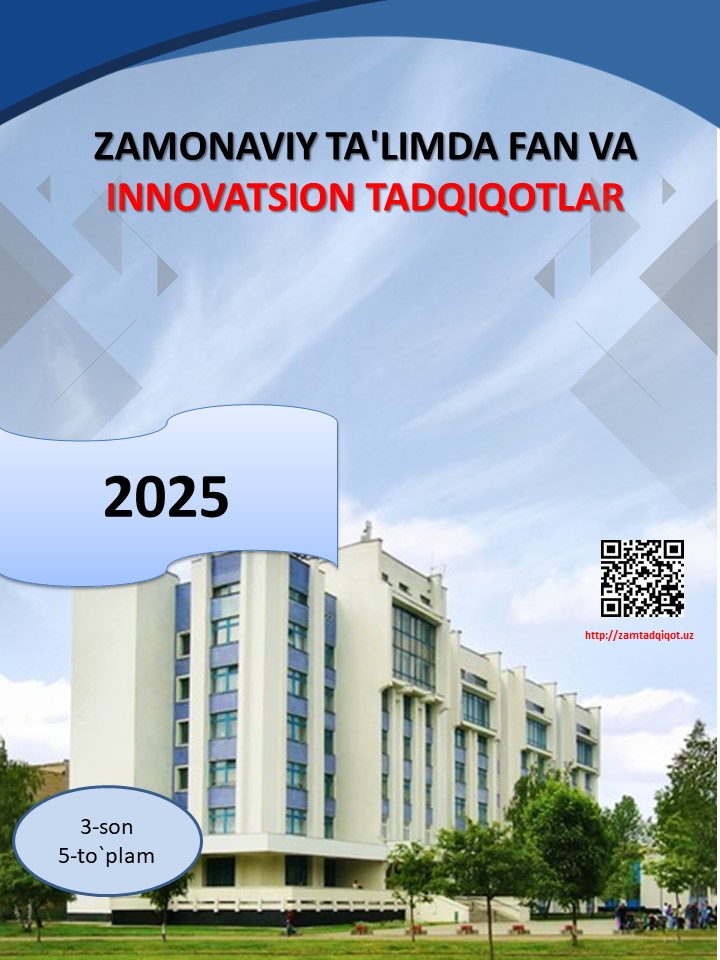FORMULAIC EXPRESSIONS IN CONVERSATION
Abstract
Formulaic expressions are an integral part of natural conversation, providing speakers with pre-established, predictable phrases that facilitate smooth and efficient communication. These expressions, which include greetings, idioms, polite requests, and conversational fillers, serve various functions such as reducing cognitive load, conveying social meaning, and enhancing fluency. For language learners, mastering formulaic expressions is essential to achieving conversational competence, as these expressions help bridge gaps in understanding and allow for more natural interactions. This article explores the role of formulaic expressions in conversation, highlighting their importance in both language production and comprehension, as well as their cultural and social implications. By examining their types, functions, and significance in communication, this study underscores the value of formulaic expressions in achieving fluency and effective communication in everyday interactions.
References
6.Teshaboyeva, N. Z., & Niyatova, M. N. (2022). The significant role of literature in teaching and learning process. International Journal of Development and Public Policy, 1(6), 70-72.
7.Zubaydulla, T. N. (2023). THE CLASSIFICATION OF SYNONYMS AND THEIR SPECIFIC FEATURES.". XXI ASRDA INNOVATSION TEXNOLOGIYALAR, FAN VA TAʼLIM TARAQQIYOTIDAGI DOLZARB MUAMMOLAR" nomli respublika ilmiy-amaliy konferensiyasi, 1(12), 126-131.
8.Teshaboyeva, N., & Davlatboyeva, O. (2024). MODERN TRENDS IN TEACHING FOREIGN LANGUAGES. Молодые ученые, 2(35), 108-111.
9.Teshaboyeva, N., & Erkaboyeva, S. (2024). TEACHING LISTENING WITH TECHNOLOGY. Молодые ученые, 2(35), 46-49.
10.Teshaboyeva, N., & Davlatboyeva, O. (2024). THE ROLE OF LISTENING COMPREHENSION IN COMMUNICATIVE LANGUAGE TEACHING. Молодые ученые, 2(35), 116-119.
11.Teshaboyeva, N., & Xatamova, M. (2024). ANALYZING LANGUAGE IN SOCIAL INTERACTION: PRAGMATICS, SPEECH ACT THEORY AND DISCOURSE ANALYSIS. Medicine, pedagogy and technology: theory and practice, 2(11), 329-336.






